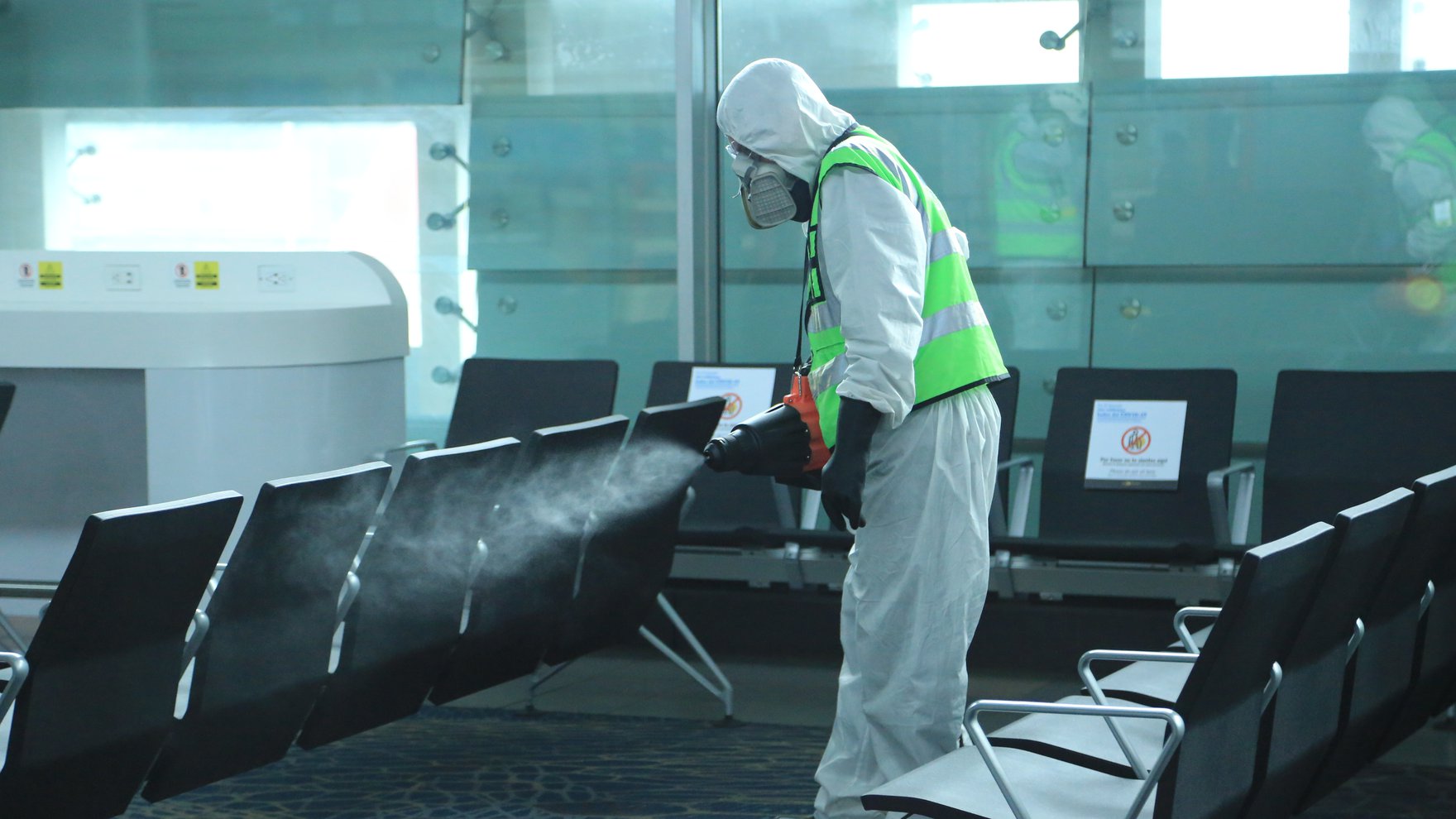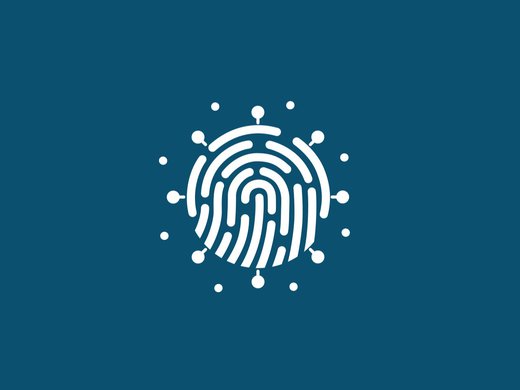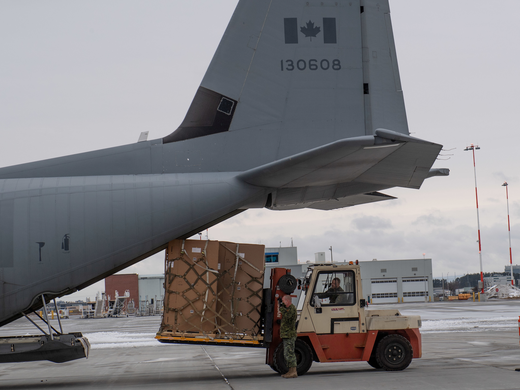When releasing the Public Health Agency of Canada (PHAC) 2021 annual report on December 13, 2021, Dr. Theresa Tam, Canada’s Chief Public Health Officer, commented: “This Omicron variant has again demonstrated that viruses know no borders, so that as soon as you found something else about a new variant or indeed the next pathogen or virus, it’s probably crossed borders, so borders are there to slow down or delay and buy time.”
Senior health officials bear a crushing burden; no one questions this. But surely more is called for, nearly two years into this pandemic, than a tacit admission of helplessness?
In the first three months of COVID-19, no information was gathered on two-thirds of travellers crossing the border, and less than half of suspected scofflaws were referred to law enforcement. Despite $614 million spent between March 2020 and August 2021 to strengthen information systems and follow-up measures, the percentage of incoming travellers for whom compliance was unverified dropped from 66 percent in June 2020 to 37 percent in June 2021. Lacking information about the status and whereabouts of over a third of incoming travellers means the border is effectively porous to biological threats.
There is a structural reason that PHAC has struggled in the face of this pandemic. PHAC’s mandate includes two disparate activities: health system strengthening, designed to improve the health of the population and reduce health disparities; and biosecurity, designed to detect, and respond to, biologic threats.
In their latest annual report, PHAC proposes to strengthen our biosecurity with health system strengthening, focusing on determinants of health and health systems capacity. Identifying four priority areas of action intended to stimulate public health transformation, Dr. Tam is clear on her approach: “Public health always deals with very complex issues that take quite a long time to tackle. And as a result, they often span the duration of political election cycles.”
While the long game required for health system strengthening is absolutely essential, the disruption caused by COVID-19 clearly shows that a health system strengthening approach in Canada’s decentralized health-care system leaves Canada vulnerable to biologic threats. PHAC’s most recent plan is neither measurable nor granular enough to effectively strengthen the biosecurity system.
The first step is developing a biosecurity strategy. Overseas, the British government successfully planned and implemented the UK Health Security Agency since the COVID-19 pandemic began. That agency has shown the speed with which the civil service can respond by publishing, within days of the Omicron variant becoming known, a technical briefing on its spread with risk assessments updated weekly. Contrast this with the PHAC’s flawed risk assessments of COVID-19, and its inadequate use of Canada’s Global Public Health Intelligence Network. The political donnybrook we are currently witnessing is not surprising, given that Canadian officials are confronting Omicron without adequate risk assessment.
The Government of Canada must follow the United Kingdom’s lead by developing a meaningful and measurable strategy that is uniquely devoted to biosecurity. Doing so requires decoupling biosecurity from health system strengthening, and implementing both, in parallel. Each mandate must report separately to Parliament. A Canadian biosecurity strategy, richly informed by the lived experience of COVID-19, will arm officials with the tools required to decisively respond to future biological threats.
While uncertainty exists about when and where the next zoonotic risk will arise, that uncertainty must not be conflated with any misconceptions that the risk is low. The emergence of new epidemic threats is certain.
PHAC should be moving at breakneck speed to develop the strategy and scale up Canada’s biosecurity capacity.
If PHAC can’t manage this, another agency should.
This article first appeared in the Toronto Star.



